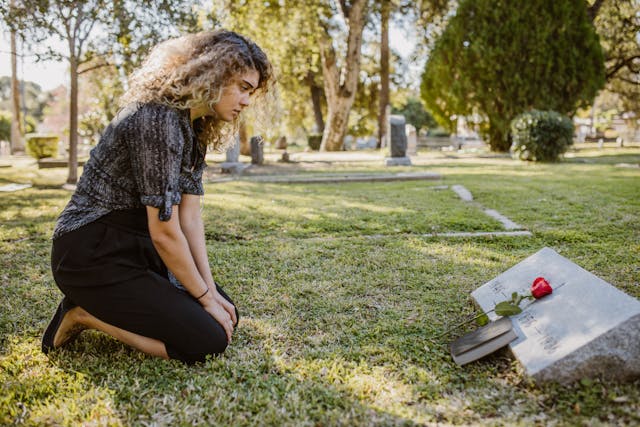Coping with Grief and Loss: Healthy Ways to Process Emotions
Grief is one of the most challenging emotions to navigate. Whether it stems from the loss of a loved one, a relationship, a job, or even a long-held dream, grief can feel overwhelming. While there’s no one-size-fits-all solution for dealing with loss, there are healthy ways to process emotions and find a path toward healing.

Understanding Grief
Grief is a natural response to loss and can manifest in various ways. Psychologist Elisabeth Kübler-Ross identified five stages of grief:
-
Denial: Feeling numb or in disbelief about the loss.
-
Anger: Frustration and questioning, often asking, "Why did this happen?"
-
Bargaining: Dwelling on "what if" scenarios or trying to regain control.
-
Depression: Profound sadness, withdrawal, or a sense of hopelessness.
-
Acceptance: Finding peace and adapting to the loss.
These stages are not linear; you may move back and forth between them. Understanding that grief is personal and non-linear can help you be patient with yourself.
Knitting Essentials: What You Need
Before you start, gather these basic tools and materials:
1. Yarn
Choose a medium-weight yarn (labeled as “worsted weight”) for your first project. It’s easy to handle and widely available.
-
Material: Cotton or acrylic yarns are great for beginners—they don’t split easily and are budget-friendly.
-
Color: Pick a light or bright color so you can easily see your stitches.
2. Knitting Needles
Start with straight needles in a size 8 or 9 (US). These sizes work well with worsted weight yarn and are comfortable for beginners.
-
Material: Bamboo or wooden needles are less slippery than metal, making them easier to control.
3. Scissors and Tapestry Needle
-
Use scissors to cut your yarn.
-
A tapestry needle (with a blunt tip) is essential for weaving in loose ends.
4. Stitch Markers and Row Counters (Optional)
These tools can help you keep track of stitches and rows as your projects grow more complex.
Learning the Basics
Knitting requires only two foundational stitches:
1. The Knit Stitch
The knit stitch is the foundation of most knitting projects. Master this stitch first to build confidence.
2. The Purl Stitch
Once you’re comfortable with the knit stitch, learn the purl stitch. Together, these two stitches can create a wide variety of patterns.
Pro Tip: Watch video tutorials or join a beginner’s knitting class to see the techniques in action.
4. Honor the Loss
Finding ways to honor what you’ve lost can bring a sense of closure and connection.
-
Create a memory box or scrapbook with photos, letters, or mementos.
-
Plant a tree or start a small garden as a living tribute.
-
Write a letter to the person or thing you’ve lost, expressing your feelings and memories.
5. Avoid Harmful Coping Mechanisms
It’s tempting to numb pain with alcohol, drugs, or excessive distractions, but these can hinder the healing process. Instead, focus on healthy coping methods that encourage growth and understanding.

Moving Forward
1. Find a New Routine
Loss often disrupts daily life. Establishing a new routine can provide stability and a sense of normalcy. Start with small, manageable changes, such as creating a morning ritual or scheduling regular walks.
2. Set Small Goals
Grief can make the future seem daunting. Break down long-term goals into smaller, achievable steps. Celebrate progress, no matter how small.
3. Reconnect with Joy
It’s okay to find happiness again. Engage in activities that bring you peace or fulfillment, like reading, gardening, or spending time in nature.
4. Help Others
Helping others can be a powerful way to heal. Volunteer, mentor, or simply lend a hand to someone in need. Giving back fosters a sense of purpose and connection.
When to Seek Help
While grief is a natural process, prolonged feelings of despair, hopelessness, or disconnection may signal the need for professional support. If you experience any of the following, reach out to a mental health professional:
-
Persistent difficulty functioning in daily life
-
Thoughts of self-harm or suicide
-
Prolonged anger, guilt, or numbness
-
Physical symptoms like chronic headaches or chest pain without a medical cause
Conclusion
Grief is deeply personal and, at times, profoundly painful, but it is also a natural part of life. Allow yourself the time and space to grieve in your own way, and don’t hesitate to lean on others for support. By embracing healthy coping strategies, you can honor your loss while moving toward a life filled with meaning, connection, and hope.












